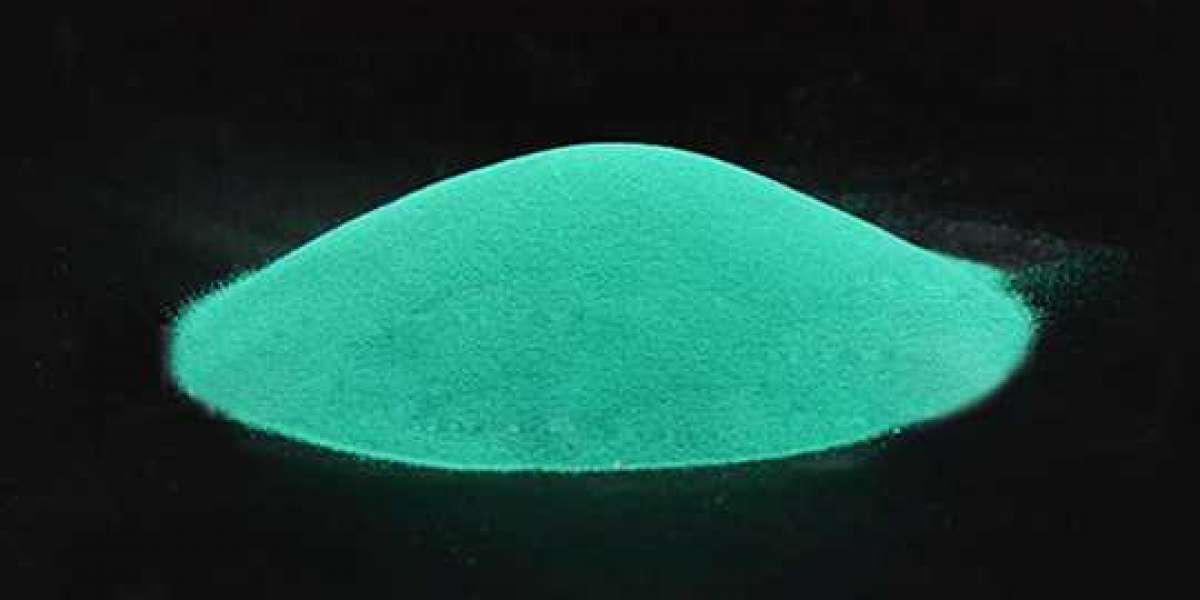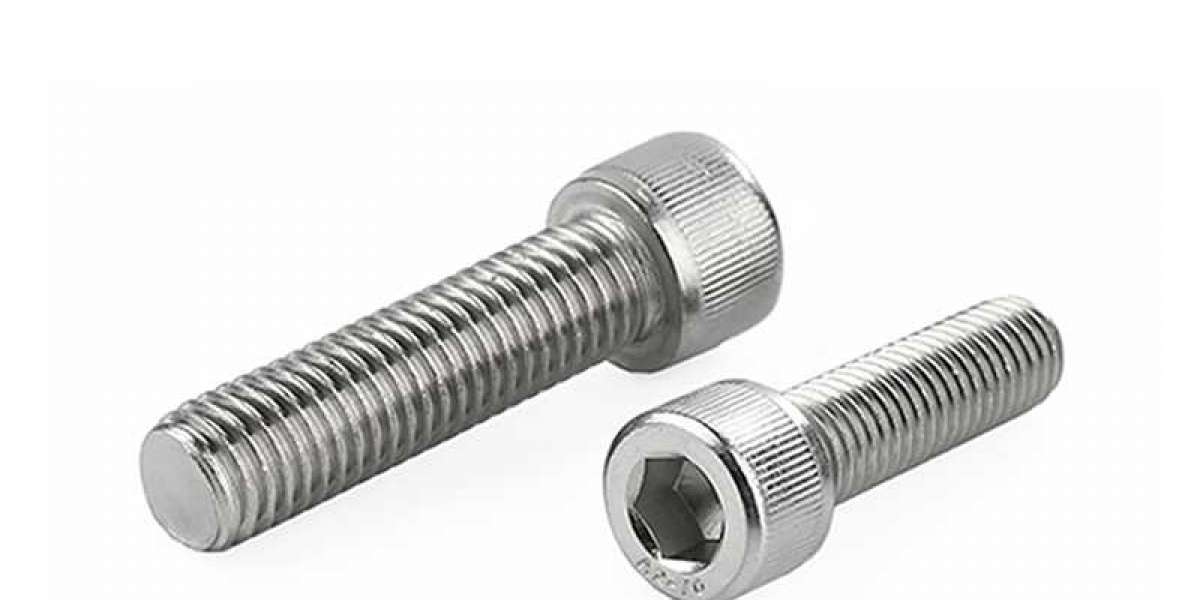Chemical identification.
① Take the pre-ground sample to be tested and the pure Basic Copper Carbonate each about 1 g (the size of peanuts), put them into two water cups, add 100 ml of clean water, and shake for a few minutes until the crystal block is completely dissolved.
② Measure about 5 ml each of the above turbid liquid, put them in two glass cups, add about 0.5 g of ammonium bicarbonate to each, shake for 1 to 2 minutes to make it fully react and develop color, and observe after 10 minutes Compare. If the colors of the two solutions are the same,
If there is no precipitation and there is little precipitation, the sample quality is qualified; if the blue color of the sample solution to be tested is obviously lighter than the pure product, it means that its active ingredient content is low, and it may contain some impurities such as sodium, magnesium, and potassium; if There is a lot of precipitation in the sample,
It shows that the Basic Copper Chloride sample contains more impurities such as iron, aluminum, zinc or calcium. The more precipitates, the lower the effective components.



